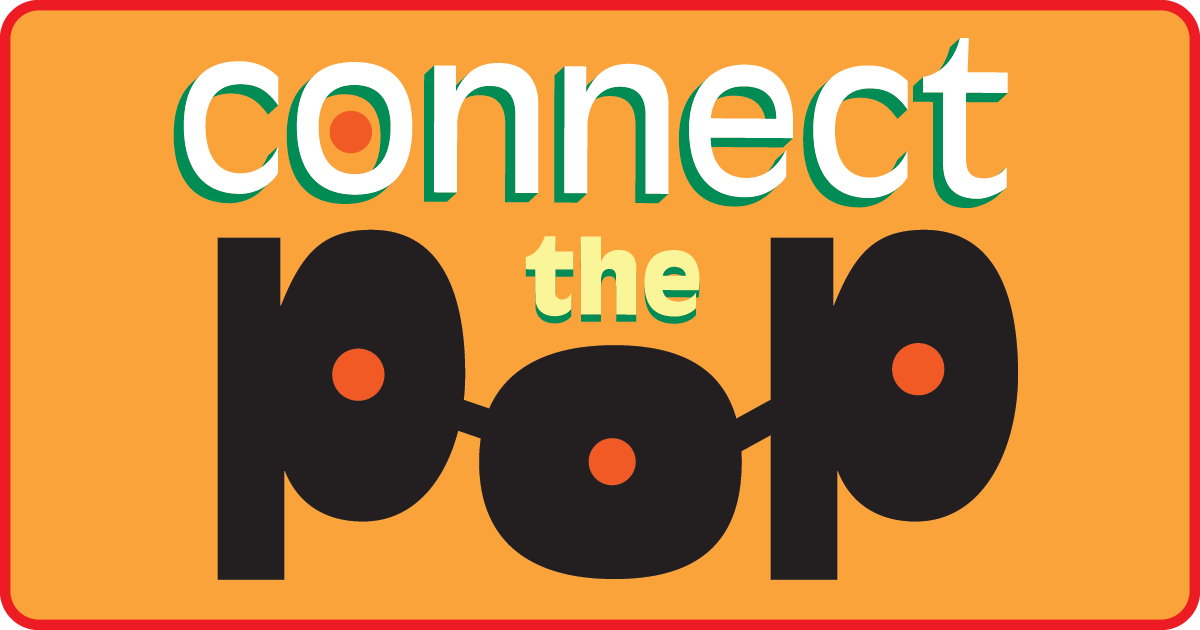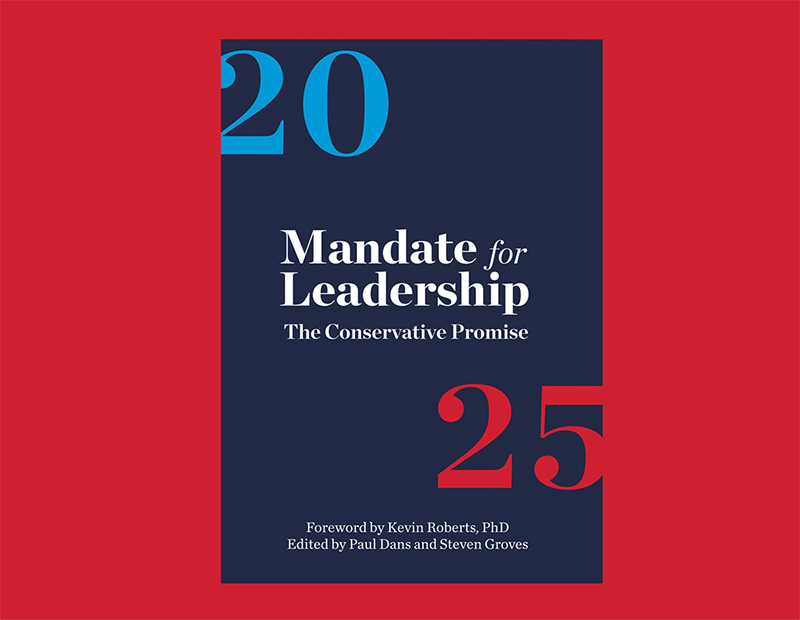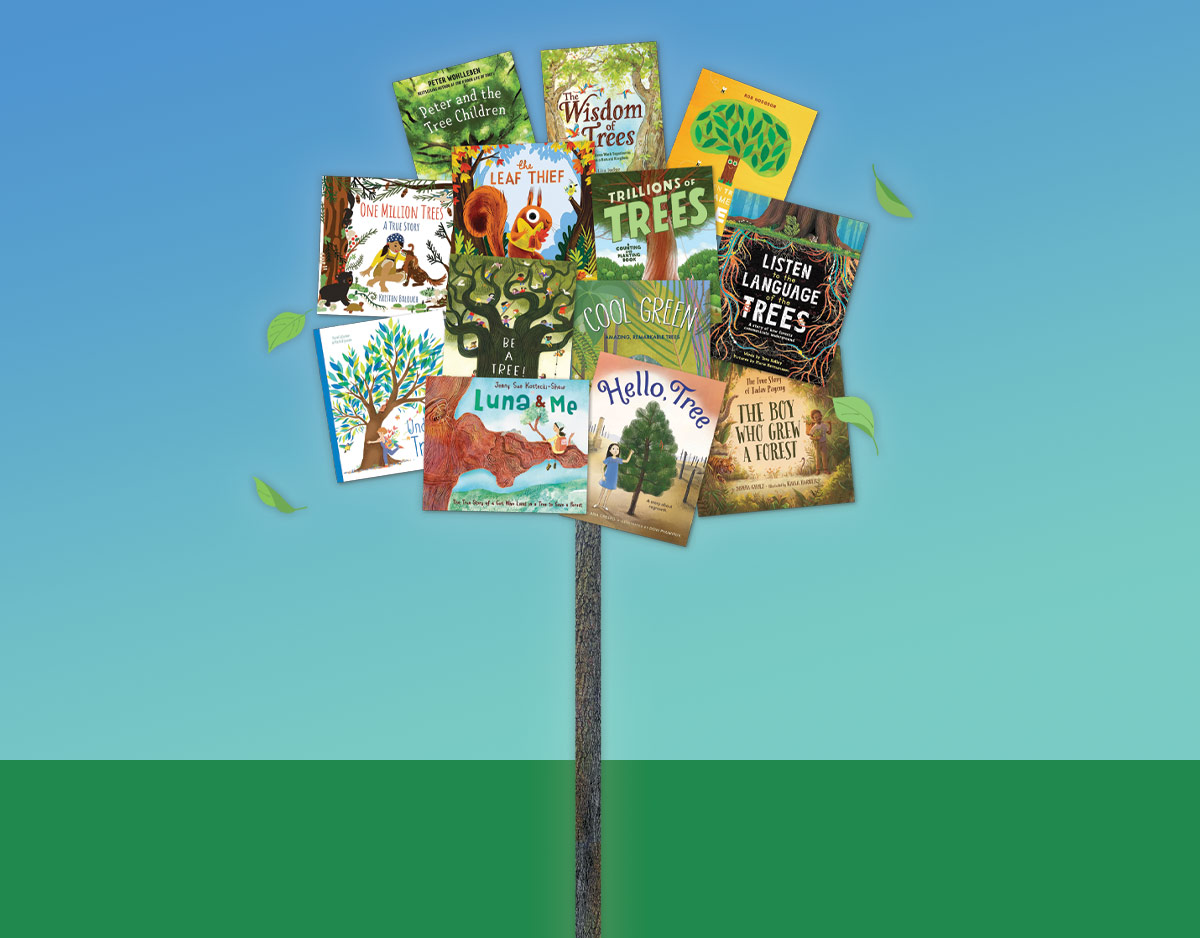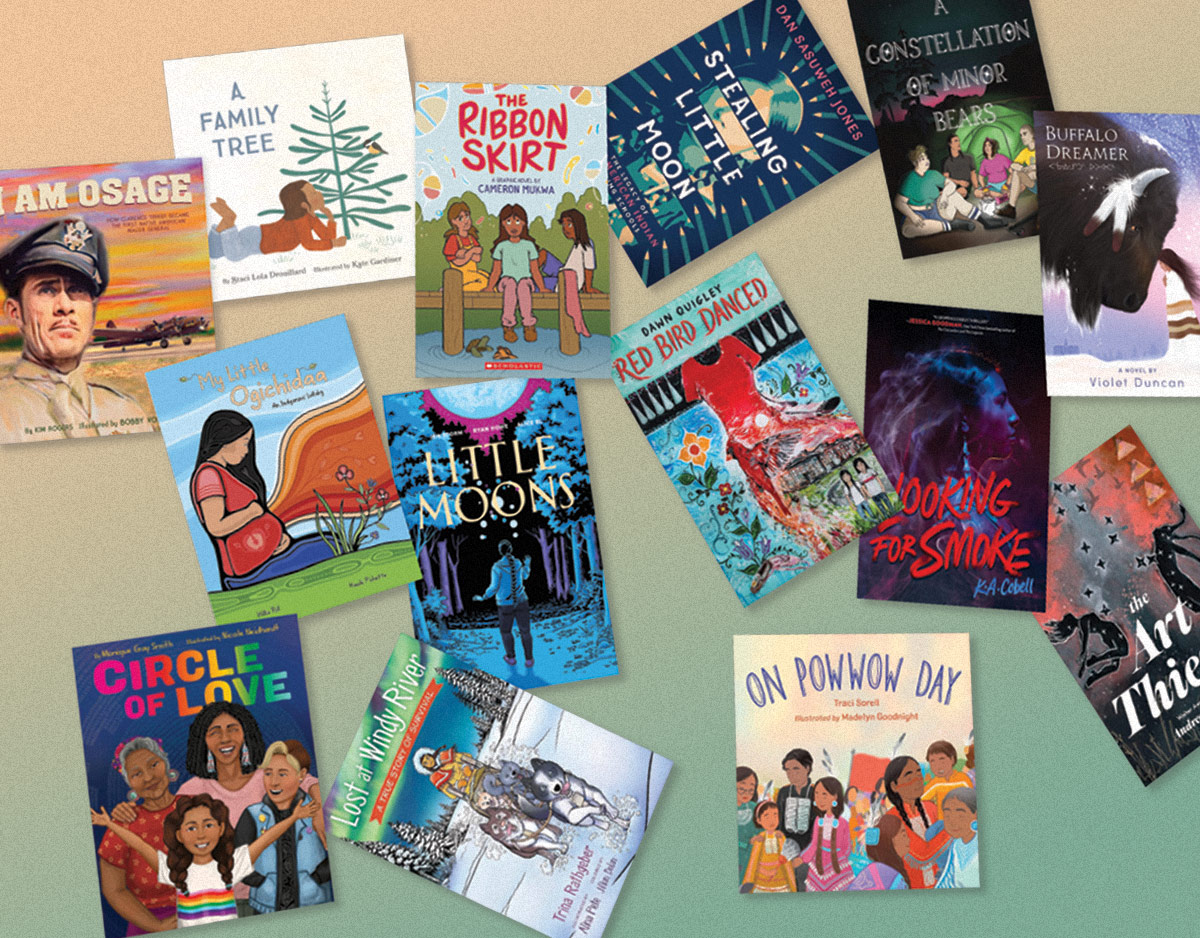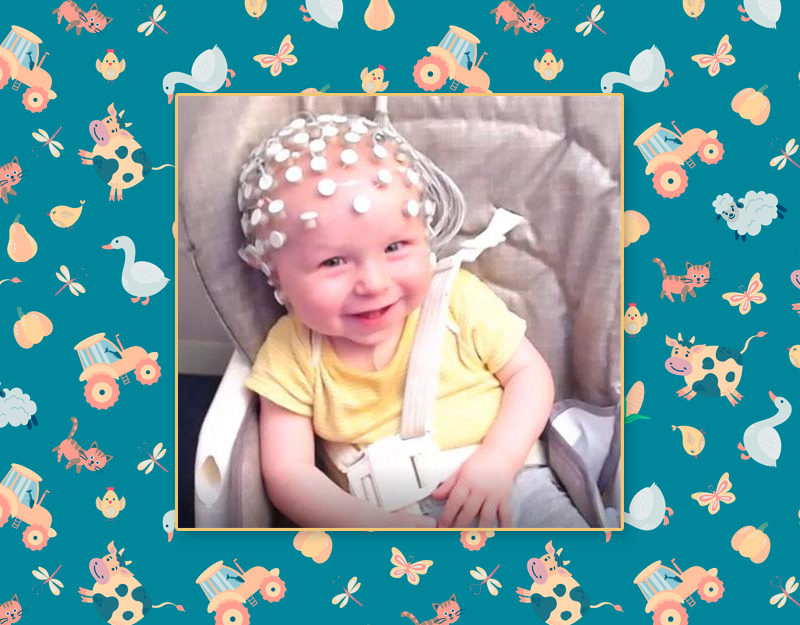SCROLL DOWN TO READ THE POST
Comics Creation Tools: Thoughts From ‘The Graphic Classroom’
First off, thanks for checking out the first post in this series, in which I launched things by reflecting on my experience scripting Doctor Who photonovels. (And if you haven’t read it, here you go.)
So now we’ll dig a bit deeper with another brief interview…
 If you don’t already know Chris Wilson and his fantastic site, The Graphic Classroom, please drop everything and check it out. Even though the staff has recently been on hiatus, as a general resource it’s that good, that comprehensive, that thoughtful. (Oh, and full disclosure: I’ve written for it once or twice in the past.) One of the many important/interesting things to know about Mr. Wilson is that, in addition to his staggering knowledge about comics and graphic novels, he’s actually a technology and communications teacher… which just about makes him the perfect person to discuss comics creation tools.
If you don’t already know Chris Wilson and his fantastic site, The Graphic Classroom, please drop everything and check it out. Even though the staff has recently been on hiatus, as a general resource it’s that good, that comprehensive, that thoughtful. (Oh, and full disclosure: I’ve written for it once or twice in the past.) One of the many important/interesting things to know about Mr. Wilson is that, in addition to his staggering knowledge about comics and graphic novels, he’s actually a technology and communications teacher… which just about makes him the perfect person to discuss comics creation tools.
ADVERTISEMENT
ADVERTISEMENT
Here’s a sample, provided a while back, of what that looks like in practice: “I use comics to teach math, science, social studies and naturally, communication arts. I do not use them in isolation, but infuse comics in all our lessons. Right now my students are reading comics by HowToons. In cooperative groups they will chose a project, build it, conduct experiments, record data, and then create a presentation of their learning using PowerPoint. We will then host a virtual Science & Technology Fair. This unit hits all but one national technology standard, many science standards, listening and following direction standards and communication arts standards.”
***
Why do you think in recent years there seems to be a huge interest in comics creation in schools? Has something changed in pedagogy, curriculum, or maybe the presence/role of comics generally in our culture?
I am not convinced it is a pedagogical change at all. I suspect it has more to do with teachers being tuned in to students and research. National research is showing boys are falling drastically behind girls in reading. Yet schools offer so much reading instruction, tutoring, and other special interventions. The learning opportunities and expertise is solid.
Still, boys are not reading. Kids seem disinterested. Teachers all over are discovering the same thing I have: Sometimes those of us in the field of education at all levels unintentionally educate the love of reading out of kids. The research is clear: kids love comics. Once teachers get past the negative stereotype of comics being childish, trashy, are only for boys, then they are free to engage kids in whatever way works to turn them into lovers of reading. Sometimes teachers just need permission to try something that might–at first–seem alternative.
The American Library Association deserves a lot of credit as they were some of the first academics to promote comics. Popular culture also influences our choices and interests. Of course, outstanding comics creators, those conducting serious scholarly research, and early adopters of comics literature in the classroom also deserve a lot of credit for giving the mass educational community the permission they needed to adopt the comic art form as a legitimate and scholarly form of art and literature worthy of our efforts.
The determination and perseverance of all of these people has brought education to a point where typical book publishers and educational book publishers are getting into the comics movement. It is so exciting to see this thing that so many of us knew could significantly change students’ lives become a national movement.
 You’ve used Professor Garfield with first graders, yes? I bring this up because I’ve taught first graders how to make comics, but did it the old-fashioned way, so I’m wondering what the specific advantages are to newer/automated approaches. Would you say the current tech is better for teachers because it saves time and allows for easier management… or is does it benefit students more by giving them confidence or helping them learn different things than they would from the pen-and-paper approach?
You’ve used Professor Garfield with first graders, yes? I bring this up because I’ve taught first graders how to make comics, but did it the old-fashioned way, so I’m wondering what the specific advantages are to newer/automated approaches. Would you say the current tech is better for teachers because it saves time and allows for easier management… or is does it benefit students more by giving them confidence or helping them learn different things than they would from the pen-and-paper approach?
I do not advocate for electronically-created comics over the hand-crafted comics because I think both approaches are valid and advantageous. That’s not meant to be a non-answer, but an honest way to show the different avenues a teacher can take depending on their resources, objectives and students. That is to say, I see the two approaches as differentiation for the teacher as well as the students.
For instance, there is something special about creating a piece of art (art being defined in a global way and not being restricted to the creation of image) with one’s own hands. Many of my students really enjoy taking paper, pencil, pen, crayon, or marker and hand drawing panels and titles and dialogue bubbles. They enjoy inking and coloring and text placement. It’s a very creative way to engage students. I have a colleague who teaches special education. Her students take their weekly spelling words and create a hand-drawn comic with them. The students have to create a story and use the words correctly in context and spell them correctly. By the way, the student has to color the word in black marker, setting it apart from the other text. The students save these comics and go back to them if they forget the word later. I might argue, in that instance, a hand-drawn comic may very well embed the vocabulary into the students’ schema better than if it were created online where things might be a bit more pre-designed.
If a teacher taught a lesson or mini-lesson on a topic and wanted to check for understanding, then an electronic comic might be more effective as it can be faster and more efficient. The students tend to take less time trying to get the comic art perfect. In this case, the teacher is more concerned with understanding a basic concept.
Electronic comics creation is especially helpful for students who are not artistically inclined. In such a case, the differentiation of the online comic offers those students a chance to focus more on the story, characters, setting, plot and style more than the art. Online comics do not require expensive art supplies. Assuming the technology is readily available, students can create comics electronically as a way to demonstrate learning of any particular topic. Those can easily be shared on a teacher’s website. If technology standards are part of the objective, then online comics would be the way to go. I recommend varying the approach depending on the objective, class culture, student needs and resources.

What’s something that many educators don’t realize about the value of their students’ making comics?
That’s hard to narrow down. I want teachers to know that comics are not just about superheroes. Comics cover every genre that traditional books cover, both fiction and nonfiction: action/adventure, sci-fi, romance, mythology, tall tales/fairy tales, mystery, horror, sports, history, science, math, biography, fantasy, and the list goes on. If you are interested in it, I can find a comic.
ADVERTISEMENT
ADVERTISEMENT
Sometimes, I think teachers are fearful that they do not know how to teach comics. Visual literacy is as old as humanity. Humans learned to communicate visually before they communicated with text. It’s really not new; it just might feel new. With that said, I state confidently–relying on both research and my own personal observations and experiences–comics instill an incredible amount of engagement and enthusiasm among students. I have worked with students who have refused to check a book out from the library, read during SSR, take a book home, or log reading minutes and turned them into voracious readers simply by building a relationship with them and giving them comics. I have a boy whose parents are in the book industry, yet the child hates to read. He receives tutoring, is read to, is encouraged to read and still he hates the entire process. This boy’s mother picks him up from school and travels across town (okay, so it’s not a huge city) to get comics from my classroom. It’s the only thing the boy enjoys reading. In fact, just this week he asked to keep a comic because he was not through with it. She was stunned as he routinely gives books back even though they are unfinished because he hates it.
Comics are unique in their ability to engage learners of all reading levels (Below Basic, Basic, Proficient and Advanced). A number of fourth grade students in my school read at a sixth grade or above reading level. These kids love my comics as well. It is true, that I often find more advanced comics for them to help push them toward higher vocabulary, concepts and story complexity. A number of students of all levels come into my room during their recess while I am teaching and check out comics. They want them that bad.
 Personally, I cannot think of any better reason for a teacher or librarian to use comics than the high level of student engagement and interest. There are countless stories of librarians detailing how often and how enthusiastically comics are checked out. Research shows that kids talk about the comics they read; I know this is true in my school as well. The elementary librarian at my school says she cannot keep her copies of Bone on the shelves. Whenever she gets new comics, the kids snatch them up. Philosophically and pedagogically the power that comics holds over kids is reason enough to use them. For those who want more, there is ample scholarly research to make the case for comics.
Personally, I cannot think of any better reason for a teacher or librarian to use comics than the high level of student engagement and interest. There are countless stories of librarians detailing how often and how enthusiastically comics are checked out. Research shows that kids talk about the comics they read; I know this is true in my school as well. The elementary librarian at my school says she cannot keep her copies of Bone on the shelves. Whenever she gets new comics, the kids snatch them up. Philosophically and pedagogically the power that comics holds over kids is reason enough to use them. For those who want more, there is ample scholarly research to make the case for comics.
I always think back to Howard Gardner’s research on learning styles. Comics make use of different learning styles. They help scaffold struggling readers because they can use the visuals to help them create images in their mind, something many struggling readers cannot do well. The duality of image and text helps all students decode new or unfamiliar words. I have found that many of my students will actually stop and decode new words on their own. We teach them the skills to do this, but they often do not want to. With high engagement, students want to know the word so they can understand the comic.
###
[Thanks for dropping by; there will be at least a couple of more posts in this series… so please stay tuned. -PG]
Filed under: Comics, Transliteracy
About Peter Gutierrez
A former middle school teacher, Peter Gutierrez has spent the past 20 years developing curriculum as well as working in, and writing about, various branches of pop culture. You can sample way too many of his thoughts about media and media literacy via Twitter: @Peter_Gutierrez
ADVERTISEMENT
SLJ Blog Network
Name That LEGO Book Cover! (#59)
The Scourge of Upside Down Knitting Needles: 2024 Edition
Exclusive: Random House Graphic to Launch Global Comic Line Ink Pop | News
Take Five: Newbery Picks
The Classroom Bookshelf is Moving
Gayle Forman Visits The Yarn!
ADVERTISEMENT
ADVERTISEMENT

